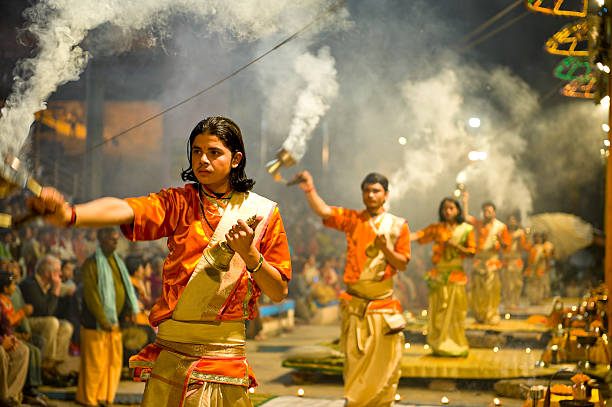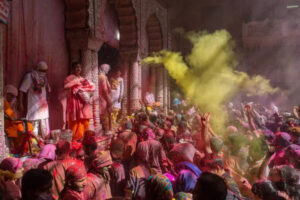Varanasi best 20 places to visit UP
Varanasi, also known as Kashi or Banaras, is one of the world’s oldest continuously inhabited cities, located on the banks of the sacred River Ganga in Uttar Pradesh, India. Revered as the spiritual capital of India, it holds immense significance in Hinduism, Buddhism, and Jainism.
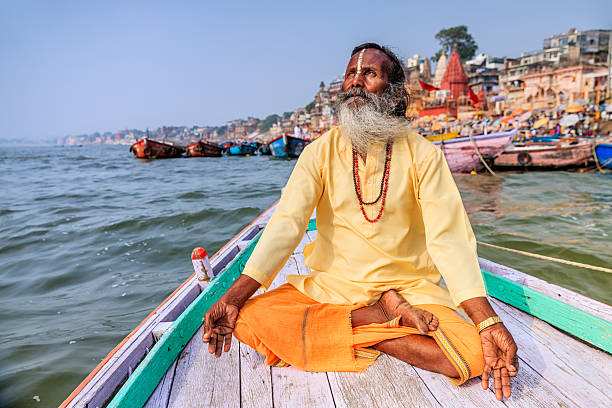
The city is famed for its ghats, temples, vibrant culture, and centuries-old traditions. Pilgrims visit to perform rituals, seek blessings, and experience the profound spiritual energy. Known for its silk weaving, music, and learning, Varanasi is also home to the ancient Banaras Hindu University. It remains a timeless symbol of faith, heritage, and divine devotion.
1. Dashashwamedh Ghat – Varanasi
The heart of Varanasi’s spiritual pulse—this ghat was rebuilt in 1774 by Queen Ahilyabai Holkar . At dusk, it erupts in a breathtaking Ganga Aarti: priests wave rhythmic lamps, bells toll, devotees chant—a ritual that captivates both pilgrims and travelers .
2. Assi Ghat
At the southern tip of the ghats, this lively spot is perfect for sunrise yoga, sipping chai by the river, or catching a tranquil boat ride . It’s also tied to poet-saint Tulsidas’s passing and draws a youthful crowd with spiritual energy .
3. Manikarnika Ghat
One of India’s oldest ghats and the foremost cremation site in Varanasi . Hindus believe cremation here grants moksha—liberation from rebirth. The “eternal flame” burns continuously, maintained by the Dom Raja family . Though intense, passing by via boat offers a respectful glimpse.
4. Tulsi Ghat
Named after Tulsidas, who lived here while composing the Ramcharitmanas . The ghat is active with rituals—like Lolark Sasthi and the Krishna Lila play—and ideal for immersive cultural experiences .
5. Sarnath (Dhamek Stupa & Archaeological Museum)
Just 10 km away, this hallowed Buddhist pilgrimage is where Buddha delivered his first sermon . The towering Dhamek Stupa (5th–6th century) marks the sermon site, while the museum houses artifacts such as the Lion Capital of Ashoka and a meditative Buddha statue .
6. Banaras Hindu University (BHU) & New Vishwanath Temple
BHU’s sprawling campus harbors its own spiritual and cultural treasures—pristine avenues, museums, and notably the architectural gem, New Vishwanath Temple .
7. Tulsi Manas Temple
Adorned with white marble inscribed in poetic verses from Ramcharitmanas, this is a serene spiritual retreat dedicated to Lord Rama .
8. Bharat Mata Temple
A unique tribute to Mother India: rather than deities, a marble relief map of India stands central—inspiring and historically rich .
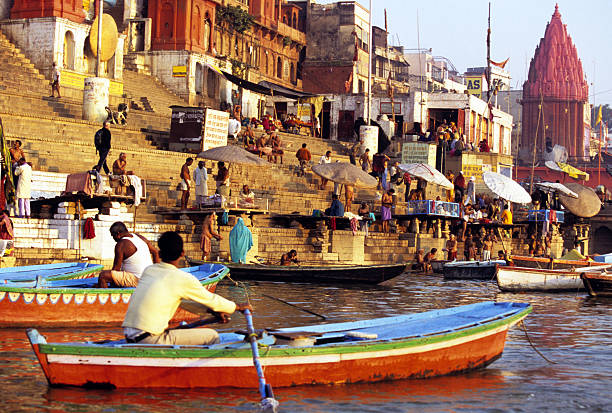
9. Monkey Temple (Durga Temple)
Also known as Durga Kund Mandir, this bright red temple is surrounded by playful monkeys. Its sacred idol is believed to be self-manifested, and serene Durga Kund pond adds to the ambiance .
10. Nepali Temple (Kathwala Temple) & Lalita Ghat
This exquisite wooden temple, built by the Nepalese king, showcases fine Nepalese architecture and intricate carvings—quiet, offbeat, and captivating . It’s part of Lalita Ghat, established by Rana Bahadur Shah, with shrines believed to bestow blessings and prosperity .
11. Alamgir Mosque – Varanasi
Also called Beni Madhav Ka Darera, this mosque blends Islamic and Hindu architectural styles. Built by Aurangzeb, its domes and minarets create a striking riverside backdrop .
12. Ramnagar Fort & Museum
Across the Ganges along Tulsi Ghat stands this 18th-century sandstone fortress built by Maharaja Balwant Singh . Its museum boasts vintage cars, royal attire, weapons, and an astronomical clock . Sunset views from here are spectacular .
13. Godowlia Market & Rajan Silk Market
For vibrant local life, dive into Godowlia Market—think snacks, sights, and shopping energy . Silk lovers shouldn’t miss Rajan Silk Market for high-quality Banarasi sarees and dulattas at fair prices .
14. Manmandir Ghat
Commissioned by Raja Man Singh in the 1600s, this quieter ghat offers peaceful river views and access to nearby temples like Someshwar and Rameshwar .
15. Scindia Ghat & Other Quiet Ghats – Varanasi
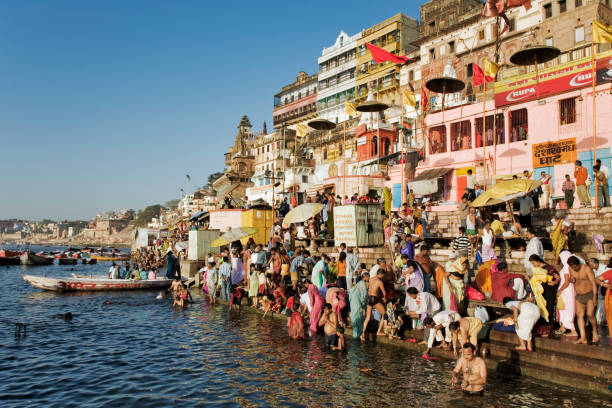
If crowds aren’t your vibe, these lesser-known ghats offer peaceful riverfront experiences and a chance to reflect in silence .
16. Chunar Fort (near Varanasi)
Roughly 32 km away, this storied fort—also called the “Magical Fort”—features in local lore and pop culture (like Gangs of Wasseypur).
17. Local Culinary Treasures – Varanasi
Varanasi’s streets offer unforgettable flavors: tamatar-palak chaats, aloo kachori, jalebis, saffron lassi, and finishing with paan—part of what makes the city so irresistibly alive .
18. Spiritual Streets & Cultural Essence
Travelers often return, drawn to labyrinthine alleys, age-old rituals, and the delicate dance of life and death on the ghats—a powerful sensory and spiritual immersion .
19. Living Temple-Like Aura – Varanasi
Vanarasi itself feels like a “living museum”: over 2,000 temples, centuries of rituals, and a spiritual tapestry where Hindu, Buddhist, and Jain traditions merge .
20. Festivals & Live Cultural Events – Varanasi
Whether it’s morning Subah-e-Banaras, boat processions, classical music recitals at Sankat Mochan, or the Raj Mangal celebration at Ramnagar—Varanasi’s energy pulses with live culture every day .
Suggested Itinerary (Balanced Exploration)
- Day 1: Begin with sunrise at Assi Ghat → Triangular walk: Tulsi Ghat → Monkey Temple → Tulsi Manas → Bharat Mata → shop at Rajan Market → Evening Ganga Aarti at Dashashwamedh.
- Day 2: Spiritual depth—Manikarnika Ghat (by boat for respectful viewing) → Visit BHU’s temple and museums → Afternoon at Ramnagar Fort → Dusk walk along quiet ghats like Scindia or Manmandir.
- Day 3: Excursion to Sarnath (stupa, museum) → Explore Godowlia Market’s food and energy → Evening cultural performance or festival immersion.
Why Varanasi Stands Out
Varanasi isn’t just a destination—it’s a living ritual, a place where time folds into every ceremony, alley, and temple. It bridges life and death, devotion and culture, offering a journey that’s spiritual, historical, sensory, and deeply personal. Whether you’re drawn by architecture, history, faith, or flavors—Varanasi unfolds all.

